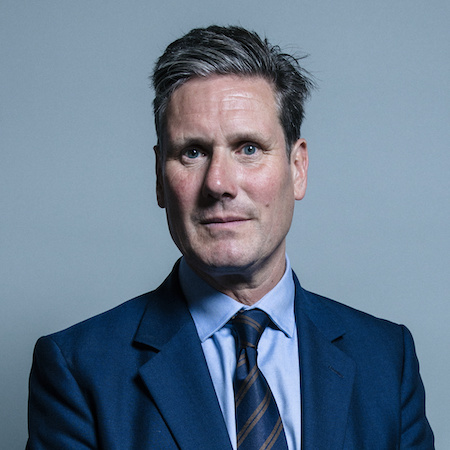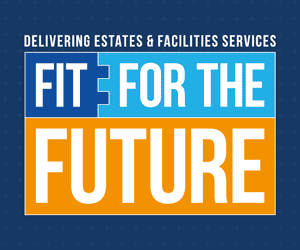The Stroke Association is calling for strong political leadership to improve pathways for people who have suffered a stroke.
The charity says policies are needed to “prioritise prevention, leverage digital advancements and build capacity for community-based care,” which fits with the government’s ‘three big shifts’ for the NHS of sickness to prevention, analogue to digital and hospital to community. Failure to act means the government will not meet its own target to reduce deaths from stroke and heart attack by 25% by 2035, according to the Stroke Association.
The report, ‘Unlocking potential: a bold vision for stroke care in England’, which is backed by Uma Kumaran MP (Stratford and Bow) and NHS Medical Director Sir Stephen Powis, sets out an evidence-based approach to tackling the challenges in stroke care, outlining opportunities for improvement across the entire pathway.
Stroke victims use services across the health and care system, from primary care to ambulance and emergency services, acute care and community rehabilitation. However, patients are experiencing long waits for care, along with declining standards. The Stroke Association reports that in 2023-24 only 47% of patients were directly admitted to a specialist stroke unit within the target of four hours from arriving at hospital, compared with 58% in 2013-14. Long ambulance waits, handover delays and a lack of imaging capability for diagnostic tests all contribute to the delay in access to specialist stroke units and time-sensitive treatments for patients.
In addition, access to suitable community-based rehabilitation services is not always available.
Stroke is preventable, treatable and recoverable
In a series of recommendation, the Stroke Association emphasises the need for a holistic, integrated approach across the health and care system, that will involve engaging people in managing their own health as well as preventative screening programmes, improved infrastructure, better use of technology and sufficient staffing.
Pre-hospital video triage (PVT) is one technology that the report believes could transform stroke care and boost survival rates of stroke victims. This connects ambulance teams on the road with hospital-based stroke specialists via a video call to assess a patient’s condition and collectively diagnose stroke. This information helps teams decide which hospital a patient should be taken to should they need specialist stroke care. Tests to confirm stroke, including CT or MRI scans, can then be prepared for arrival as well as timely treatment and care in a stroke unit.
Following the initial pilots in East Kent and North Central London in 2020, PVT has been trialed in 16 locations across England including London, Sussex, Manchester,1 and East Midlands. Results found that it successfully got patients to the right place first time – whether that be a stroke unit, A&E or at home for those hadn’t had a stroke and didn’t need to go to hospital. With fewer suspected stroke patients being taken to stroke units, capacity was freed up to treat those who needed it. Feedback from patients and their loved ones has also been positive.









